Author Nick Humphrey shares 5 key insights from his new book, Sentience: The Invention of Consciousness.
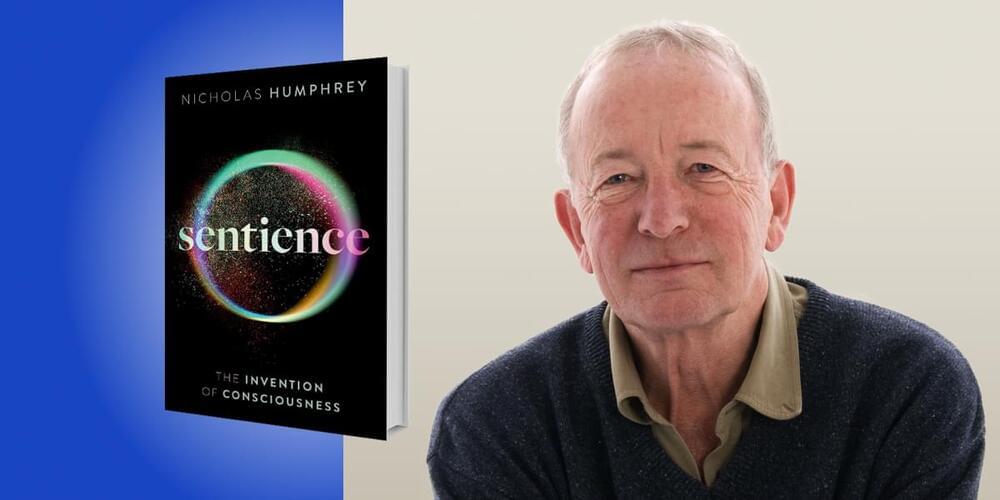

Picture this: You might think that ChatGPT is a trendy new invention but what if we told you that it actually first made an appearance in a sci-fi novel?
The Algebraist by Scottish writer Iain M. Banks, published in 2004, featured the idea way before it became a reality. Who knew that a book could predict the future with such accuracy? It’s almost feels like a conversation that the former Google engineer Blake Lemoine might have had with LaMDA: (Excerpts from page 381 – The Algebraist)
But, this instance is not the first of its kind, where it just goes to show that science fiction can inspire real-life innovation in ways we never thought possible. So, let’s keep an open mind and embrace the unexpected— who knows what other wild ideas might become a reality in the future?
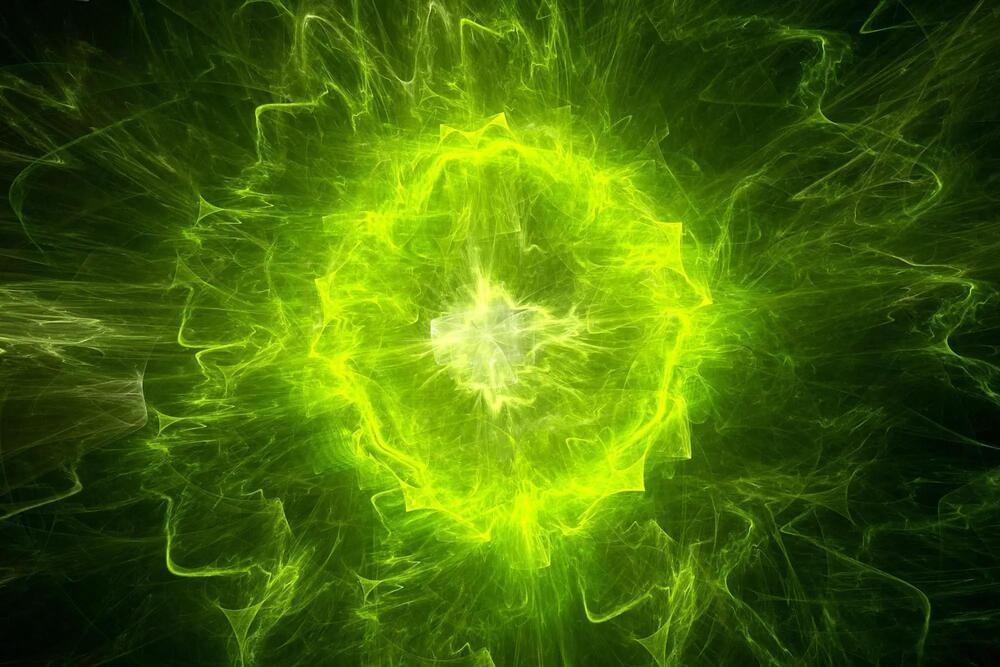
Australian researchers have uncovered an enzyme capable of transforming air into energy. The study, which was recently published in the prestigious journal Nature, shows that the enzyme utilizes small amounts of hydrogen in the air to generate an electrical current. This breakthrough paves the way for the development of devices that can literally generate energy from thin air.
The discovery was made by a team of scientists led by Dr. Rhys Grinter, Ashleigh Kropp, a Ph.D. student, and Professor Chris Greening from the Monash University Biomedicine Discovery Institute in Melbourne, Australia. The team produced and studied a hydrogen-consuming enzyme sourced from a bacterium commonly found in soil.
Recent work by the team has shown that many bacteria use hydrogen from the atmosphere as an energy source in nutrient-poor environments. “We’ve known for some time that bacteria can use the trace hydrogen in the air as a source of energy to help them grow and survive, including in Antarctic soils, volcanic craters, and the deep ocean,” Professor Greening said. “But we didn’t know how they did this, until now.”
We showcase the Proto infinity wall, the Proto Epic, and the Proto M. Watch and enjoy, or else.
None of this happens without the entire team at Proto. The Protopians are made up of world class engineers, salespeople, resellers, investors, producers, developers, and partners. Without them, Proto is just a good idea. They’re the people who actually make these innovations happen.
Besides California Live on NBC, Proto has also been seen on America’s Got Talent, Ellen, and The Today Show. Proto has racked up 2 Fast Company innovation award wins, Innovation of the year at SXSW, and is a 4x CES winner. Proto is a VC & mega-celebrity backed technology company based in Los Angeles with satellite showrooms and partners in New York, San Francisco, Dallas, Las Vegas, Nashville, Toronto, Brisbane, London, Taipei, Jakarta, Columbus, Milan, Tokyo, Hong Kong, and Seoul.
Want to see a demo? Schedule one here. ProtoHologram.com

Researchers at the University of East Anglia have developed a new drug that works against all of the main types of primary bone cancer.
Cancer that starts in the bones, rather than cancer that has spread to the bones, predominantly affects children.
Current treatment is grueling, with outdated chemotherapy cocktails and limb amputation.
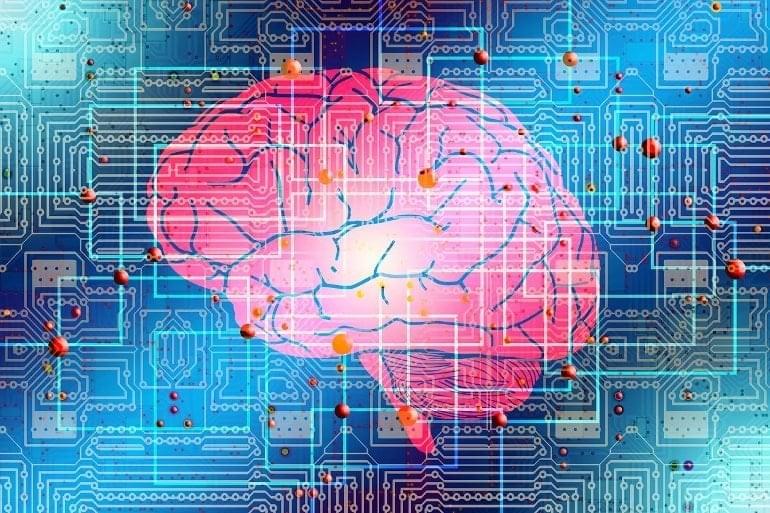
Summary: A newly constructed brain map shows every single neuron and how they are wired together in the brains of fruit fly larvae.
Source: UK Research and Innovation.
Researchers have built the first ever map showing every single neuron and how they’re wired together in the brain of the fruit fly larva.

Scientists working in the School of Biochemistry and Immunology in the Trinity Biomedical Sciences Institute at Trinity College Dublin have made an important breakthrough in understanding what goes wrong in our bodies during the progression of inflammatory diseases and—in doing so—unearthed a potential new therapeutic target.
The scientists have found that an enzyme called fumarate hydratase is repressed in macrophages, a frontline inflammatory cell type implicated in a range of diseases including lupus, arthritis, sepsis and COVID-19.
Professor Luke O’Neill, Professor of Biochemistry at Trinity, is the lead author of the research article that has just been published in the journal, Nature. He said, “No one has made a link from fumarate hydratase to inflammatory macrophages before and we feel that this process might be targetable to treat debilitating diseases like lupus, which is a nasty autoimmune disease that damages several parts of the body including the skin, kidneys and joints.”

A recent scientific breakthrough could see electricity being generated using nothing but the atmosphere, with perhaps a little added hydrogen.
The process involves an enzyme made by bacteria to help them grow and survive in environments including volcanic craters and Antarctica. The enzyme, called Huc, has been found to produce a small electrical current by consuming hydrogen in the air as a source of energy, researchers said in a paper published Wednesday in scientific journal Nature.
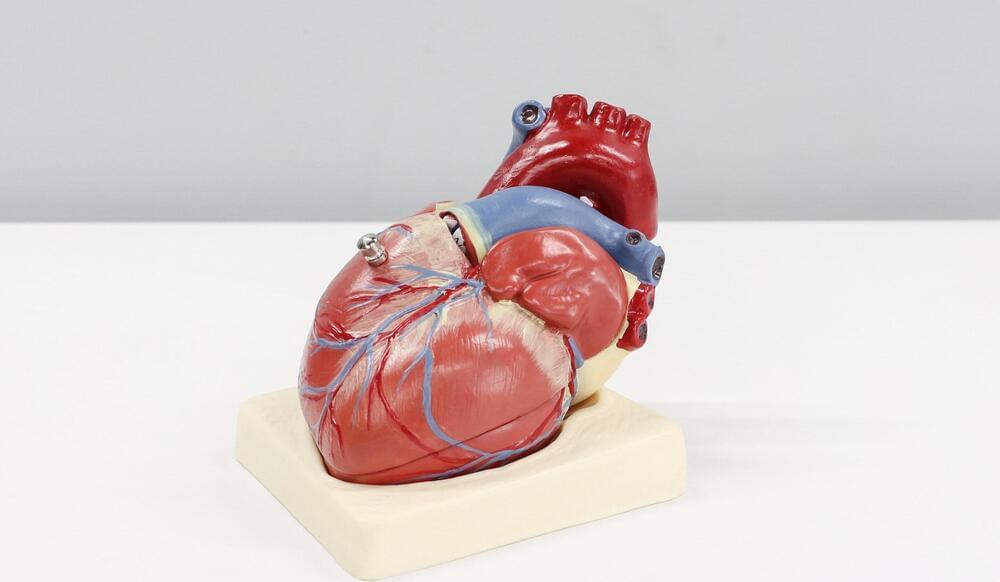
Transcatheter mitral valve repair for heart failure patients with mitral regurgitation can reduce the long-term rate of hospitalizations by almost 50 percent, and death by nearly 30 percent, compared with heart failure patients who don’t undergo the minimally invasive procedure.
These are the breakthrough findings from a new study led by a researcher from the Icahn School of Medicine at Mount Sinai. This multi-center trial is the largest trial to examine the safety and effectiveness of transcatheter mitral-valve repair in a heart failure population using Abbott’s MitraClip system. It shows this treatment option significantly improves outcomes for patients with heart failure that do not respond to conventional treatments.
The five-year results from the “Cardiovascular Outcomes Assessment of the MitraClip Percutaneous Device” study, or COAPT, were announced Sunday, March 5, in a Late Breaking Clinical Trial presentation at the American College of Cardiology Scientific Sessions Together with World Congress of Cardiology (ACC.23/WCC) in New Orleans, and published in The New England Journal of Medicine.
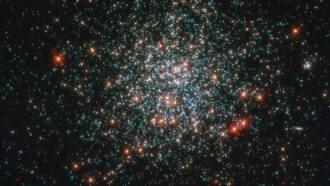
A new test finally ignited a nuclear fusion reaction that unleashed more energy than it took in. This raises hopes that someday the reaction that powers the sun could also cleanly power activities here on Earth.
The experiment took place at the National Ignition Facility in Livermore, Calif. The U.S. Department of Energy announced its achievement on December 13.
“This is a monumental breakthrough,” says Gilbert Collins. This physicist works at the University of Rochester in New York and did not take part in the new research. “Since I started in this field, fusion was always 50 years away,” Collins says. “With this achievement, the landscape has changed.”